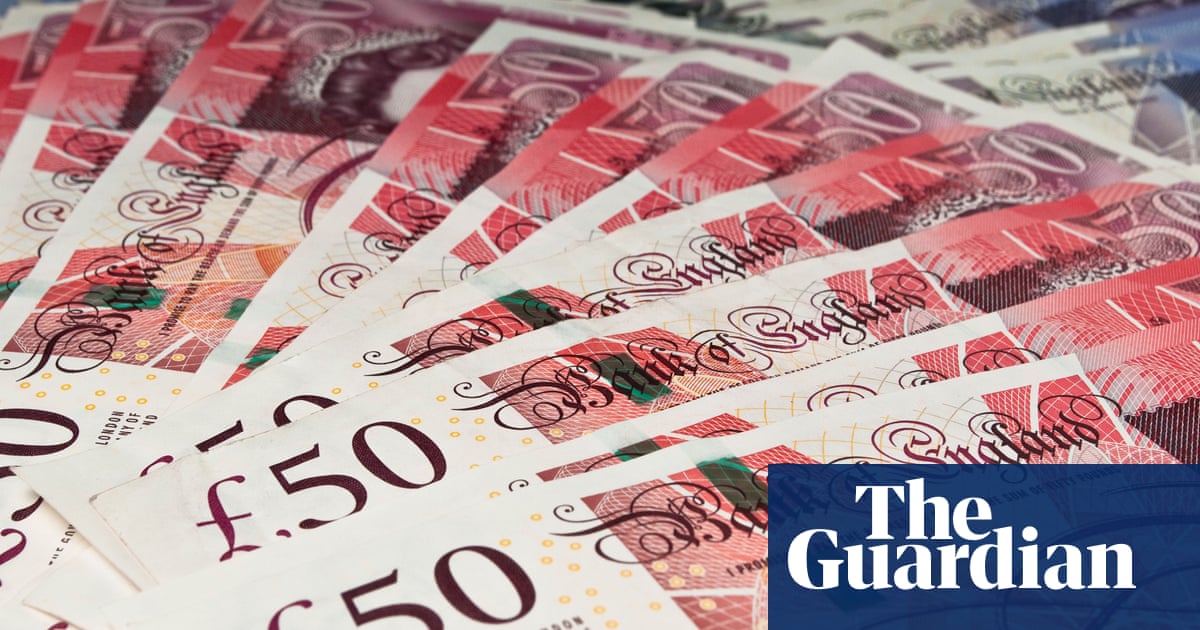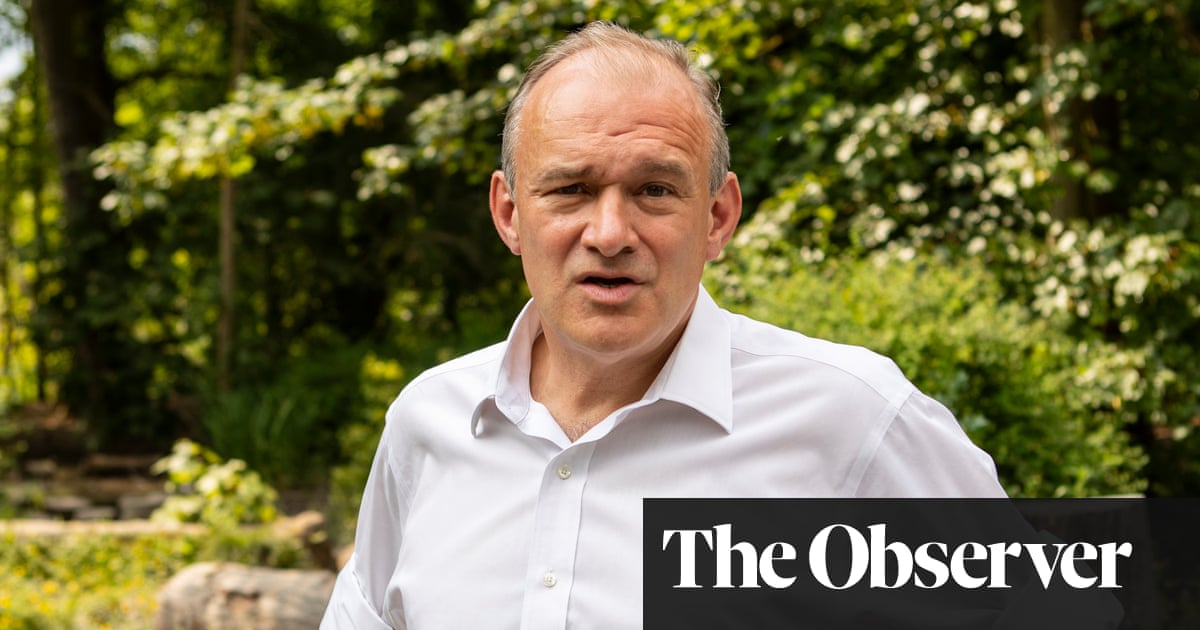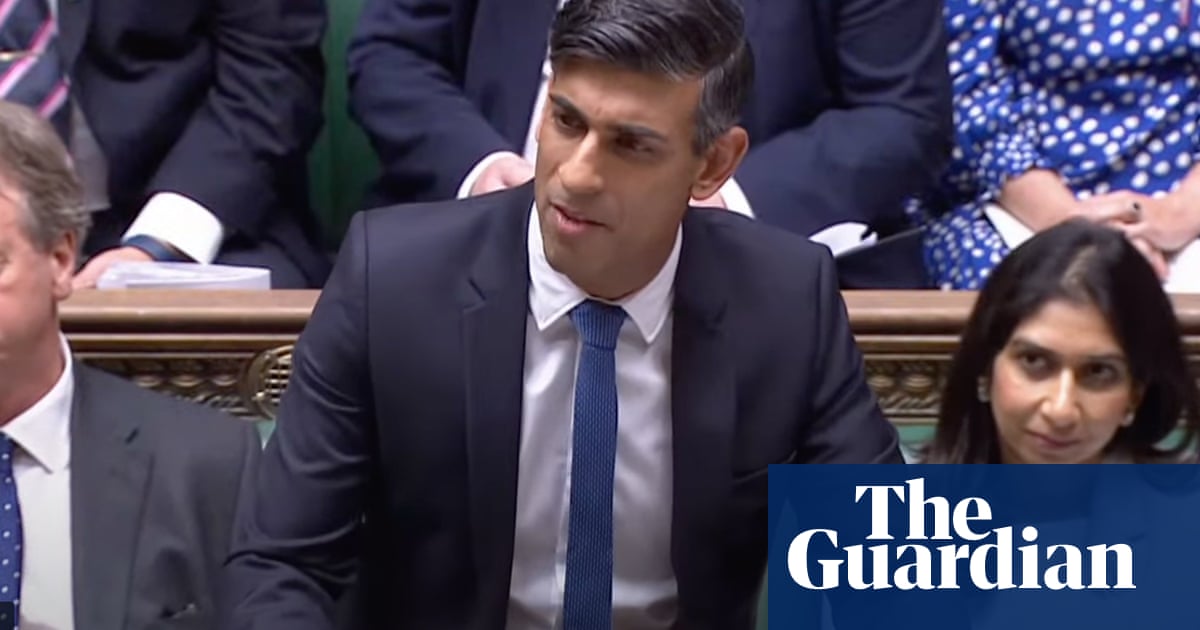
Maintaining the triple lock on state pensions could add as much as £45bn to the welfare bill by 2050, putting “insurmountable pressure” on the government to increase the minimum retirement age, according to the Institute for Fiscal Studies.
In a report published ahead of the release next week of official data for earnings growth, which will be used to set the annual increase in pensions, the IFS estimates spending on retirees could rise by a further £2bn from April 2024.
Rishi Sunak is expected to support the increase after pledging last month to maintain the triple lock, which guarantees the state pension rises each April by whichever is highest of pay growth, inflation or 2.5%.
In analysis of the last 12 years, the IFS said that if the state had used only a single lock, linking annual pension rises to earnings or inflation, it would have spent £11bn less.
It also forecast that the uncertainty ahead meant the extra cost could be just £5bn or as much as £45bn, depending on the path of earnings and inflation over the next two decades.
Labour has indicated it will back the pension boost, and go into the next election with a plan to maintain the guarantee for another five years.
The IFS said the extra spending for the UK’s 12 million retirees would force ministers to look for savings elsewhere, and possibly from increases in the state pension age on future generations.
“Retaining the triple lock for too long increases state pension spending so significantly that it leads to insurmountable pressure for a much higher state pension age,” the report said. “This would particularly affect people with poorer health who struggle to remain in employment until they reach state pension age.”
Last month, Paul Johnson, the director of the IFS, said pensioners had received two years of protection from the UK’s cost of living crisis, benefiting from the triple lock last year when prices were rising faster than incomes, and benefiting again this year now that earnings were rising faster than prices.
“That is what the triple lock is intended to achieve,” he said.
Next week the Office for National Statistics will release its estimate for average annual earnings growth over the three months from May to July, which is used to calculate the triple lock.
In June, earnings growth reached 8.2%. By contrast, inflation fell to 6.8% in July, meaning pensions will be pegged to earnings this time.
The state pension accounts for about £124bn of government spending, according to the Office for Budget Responsibility. An 8.2% rise from next April would take the cost to just over £134bn.
Heidi Karjalainen, one of the authors of the report, said the triple lock had pushed the value of the state pension to 25% of average earnings since its introduction in 2011, adding £11bn to the bill.
She said: ‘The triple lock makes it especially hard to know how much you might receive from a state pension and how much the state pension will cost the state in the future.
“An additional real risk is that retaining the triple lock for too long increases state pension spending so significantly that it leads to insurmountable pressure for a much higher state pension age. This would particularly affect people with poorer health who struggle to remain in employment until they reach state pension age.”
A spokesperson for the department for work and pensions said: “The government is committed to the triple lock. As is the usual process, the secretary of state will conduct his statutory annual review of benefits and state pensions in the autumn, using the most recent prices and earnings indices available.”












